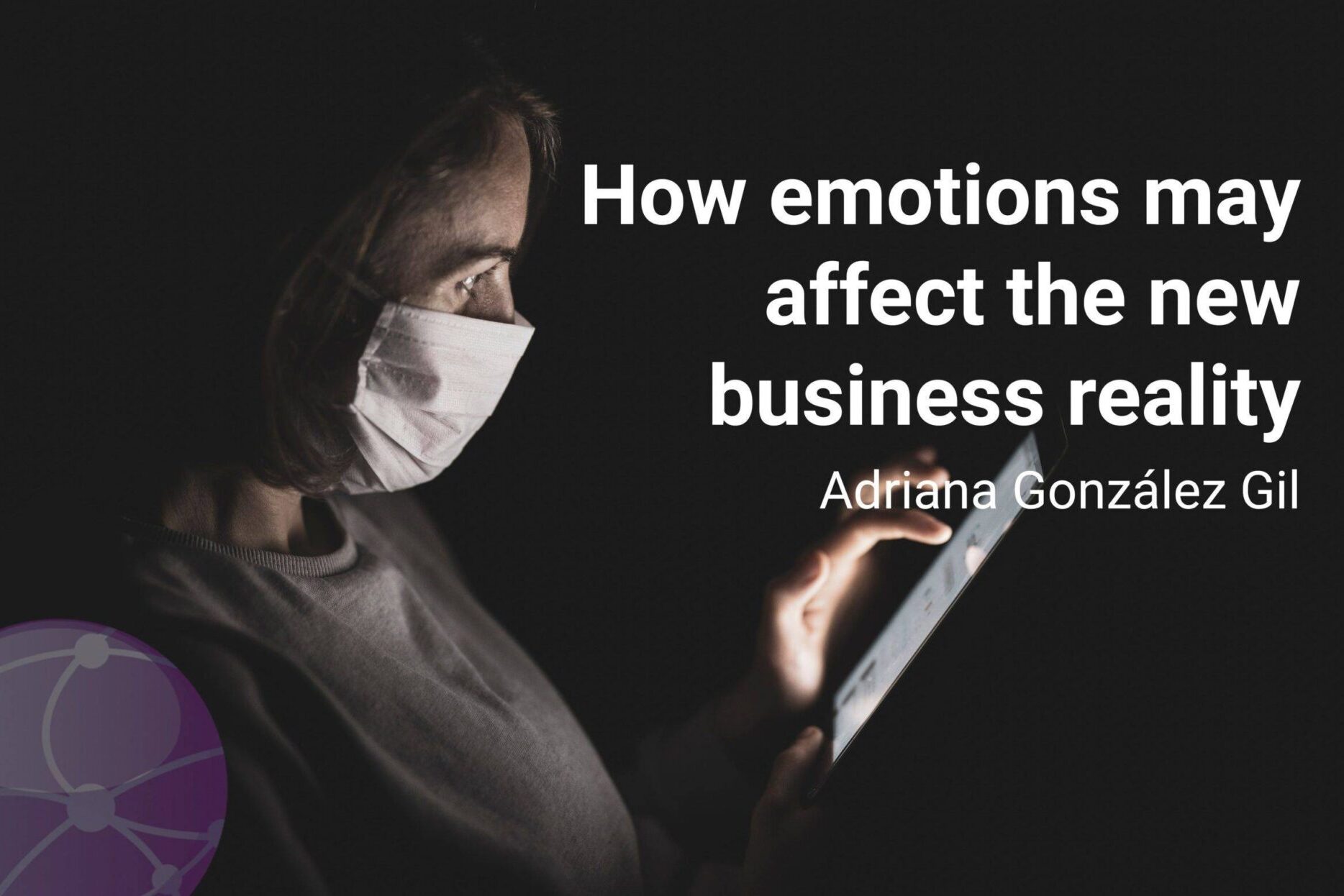– Adriana González Gil
For years, many businesses have been ignoring the effect of emotions in decision-making and purchase behavior, or at least taking it superficially and just trying to get on top of trends like storytelling without really understanding what their consumers feel and how it is linked to their mental image of the brands they consume.
As we try to go back to “normal” after this pandemic, things may change and we might realize that our own behavior, not only at our workplace but also in stores has changed. Inevitably, there are emotions like fear activating our reptilian brain’s survival instinct behind these changes.
I’m sure that during this pandemic a lot of brands have doubted what to communicate in order to not seem insensitive nor to be perceived as too sensitive and trying to take advantage of a tragic worldwide situation, and this is something that happens because we don’t yet fully understand how this is affecting our consumers. Some brands have made mistakes and for sure many others have stopped doing things to avoid making them. But the really great brands worldwide have been measuring the emotions caused by their actions since before all this happened and taking a scientific and systematic approach even for product development.
How emotions affect our decisions:
We might think that we are rational in most of our decisions but the reality is that there is an emotional component behind most of our attitudes. We might feel that buying shoes for a special event is something rational but behind that impulse is the fear of isolation and the need to belong in a group that is at the core of human nature as social creatures. Otherwise, shoes are just for protecting our feet and keeping them warm. This happens also with FMCG products. What we rationalize as brand preferences because of factors like taste, health, and many others, are often perceptions seen through the lens of an emotional connection with the values of the brand or even the emotions we feel at the moment of buying.
One good example of this is the classic case of Coca-Cola vs Pepsi. Multiple experiments have shown that, when the brand is unknown, people tend to prefer the taste of Pepsi, but when the brand is shown, they are sure Coca-Cola tastes better. One experiment of neuromarketing conducted with fMRI even showed that the neural response to tasting un-branded products was almost identical, and was completely different when the participants knew which brand they were drinking. So yes, your brain is telling you that Coca-Cola tastes better and you might argue that this is a rational reason to buy it. But even your brain is fooled by your emotions and the perception of taste is filtered through your emotional connections with something as intangible as a brand.
Moreover, emotions affect the way we make all kinds of decisions. For example, researchers have found that happiness and anger during a managerial decision-making process cause us to process less decision-relevant information, whereas fear activates more detail-oriented processing, and that discrete emotions have a moderate-to-large effect on decisions.
So, if the emotions that we feel on daily processes have changed, how can we even intend to approach our consumer as we did before? We can’t keep playing the same game when the whole board has changed. The feelings related to, for instance, walking through a supermarket or a store, have changed completely, so we must study how people interact with our packagings and marketing elements.
How can we study this?
Knowing our consumers’ minds has never been easier. We have talked in previous posts about our neuroscience technologies like EEG and GSR, but let’s focus on the things we can measure.
One common way to measure how emotions are represented in the brain is the Arousal/Valence model. Arousal (or intensity) is the level of emotional activation that an event creates, and ranges from low to high. Valence, on the other hand, is the level of pleasantness that an event generates and is defined along a scale from negative to positive. So, we might find that a high level of anger and a high level of happiness have similar levels of arousal but are opposite in valence.
Through these two indicators we can get a wide variety of human emotions, as shown in the following graphic:

Another way we can measure emotions is through facial coding. This tool is specially useful to test designs or experiences on a screen when we can’t be near the subjects of study, since it can be conducted remotely through a webcam. This allows us to detect basic emotions like surprise, rage, joy, sadness, fear or skepticism through the involuntary micro-movements of facial muscles.
It has never been easier to really understand what people are feeling and it has probably never been more important to measure it and making sure that our brands are in tune with the new fears we are experiencing. We hope this situation puts light on emotions and finally turns marketing (not only for big brands, but for all) towards a solid scientific direction.
To know more about this subject, contact us to adriana.gonzalez@sferabusiness.ro

